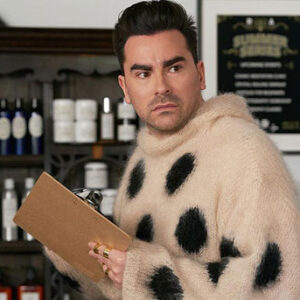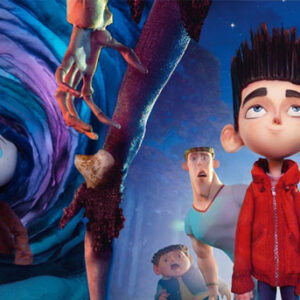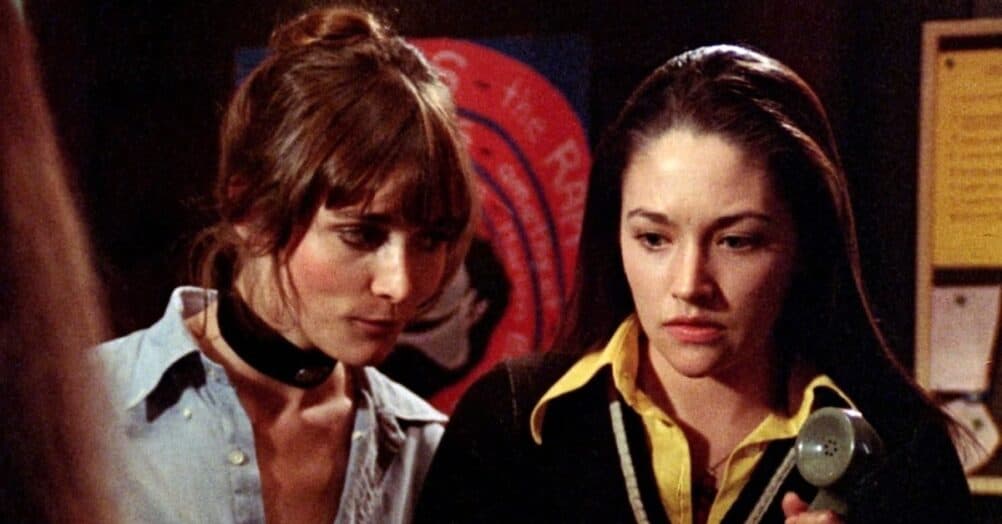
Ink & Pixel is a source of pride and joy for me as a writer and as such, I’m always striving to take this column further for those who read and enjoy it. If you yourself, or anyone you know, helped to make any of the amazing feature animated films found within this column, I would love to talk to you to further my knowledge. Please contact me at [email protected] so we can discuss it further.
Since the year 1937, when Walt Disney Studios released their first full-length animated feature (SNOW WHITE AND THE SEVEN DWARVES), the animation company has dazzled us with many memorable characters throughout its long history as the world’s most renowned animation house. As a result of their tireless efforts to entertain the public, we’ve drawn swords against mighty dragons, summoned a princess to wake from an eternal slumber, and have found true love again and again. Though the company tends to borrow heavily from the fairy tales of old to build the foundations of their most beloved films, let it never be said that Disney doesn’t know how to take risks. Case in point is their 33rd full-length animated feature – POCAHONTAS.

Released in 1995, and directed by both Mike Gabriel and Eric Goldberg, POCAHONTAS was a very musical and dramatic retelling of the historical romance shared between Pocahontas (Irene Bedard) of the Powhatan Tribe and an English explorer by the name of John Smith. The film, set in the year 1607, depicts the journey of John Smith (Mel Gibson) and an assorted group of roustabouts from the Virginia Company sailing aboard the Susan Constant, in hopes of discovering the “New World”. After several harsh months at sea the crew finally weigh anchor in what’s now known to us as “Jamestown”. Upon their arrival, the ship’s commanding officer – the greedy, gold-starved Captain Ratcliffe (David Ogden Stiers) – orders the crew of the Susan Constant to strip a portion of the land of its natural resources and begin mining for gold; standard practice for explorers back in those days.

Meanwhile, as the men tirelessly dig into the earth of the new land, John Smith begins his patrol of the nearby woods to scout for any signs of “savages” that might stand in the way of their progress. It’s while drinking from a nearby river that Smith discovers the beautiful Pocahontas. Immediately pierced by Cupid’s arrow, Pocahontas and Smith fall curiously and deeply in love with one another – almost instantaneously.

In the days that follow, they each discover an outlook on the world that neither of them had ever thought possible. Together, the two lovers attempt to mend the rift between their societies and bring about a peace between nations that had been heretofore unimaginable. It’s bow and arrow meets self righteousness and gun powder. Is there any chance that both sides will see eye to eye? Will love and a connection with the earth triumph over greed and gold? This is Disney’s POCAHONTAS.

It is a little known fact that Disney’s POCAHONTAS was the first full-length animated feature released by the company to star a character born of chronicled significance in United States history. Pocahontas, born under the name Matoaka and known later as Rebecca Rolfe, was the daughter of Powhatan, the predominant chief of a Native American tribe settled in the Tidewater region of Virginia. History books claim that while exploring the “New World” John Smith was captured by the Tidewater tribe and sentenced to death for his violations against their sacred land.

However, it’s said that before the war club could come down upon Smith, Pocahontas rushed to his side – placing her own head atop his, thereby ceasing the execution. Later, during the Anglo-Indian opposition of 1613, Pocahontas was seized by the English and held for ransom. While in captivity Pocahontas converted to Christianity and married a tobacco planter named James Rolfe – theirs would be the first interracial marriage to be recognized in American history. Pocahontas died in the year 1617 of unknown causes and was buried in an unmarked location in Gravesend, New York.

I’m of the opinion that Disney made a wise choice when executing many of the details known about Pocahontas and her life when crafting their film. In fact, as you’re watching POCAHONTAS, I’m sure you’ll notice that the film has a far more mature tone than most of Disney’s animated library. The goal of the film was to tell the story of Pocahontas, but at the same time convey an important message to the audience – one that promotes a unity between differing peoples and an emphasis on respecting mother nature as she exists all throughout our nations, inhabited or not.

When researching the film, key members of the film’s creative team took several trips into Jamestown to speak with the local families and residents about their community’s rich heritage. Many of the people there were eager to share in their experiences, but it was the Algonquin Native Americans who taught the filmmakers all of the Powhatan phrases heard throughout the film. In addition to aiding in the research of the Pocahontas lore, many of the Native Americans were willing to act as real-life models for the art department at Disney Animated Studios. The artists and animators seized this opportunity and began designing the Native American tribe seen in the film, being certain to use fine, angular lines when drawing the characters wizened faces and toned physiques. Actually, if you want my opinion, Pocahontas is by far one of the most beautifully drawn female characters in Disney history. She’s simply stunning.

Many Native American tribes believe that when you die that your soul returns to nature. And that when your spirit’s energy is redeposited back into the planet you are thereby aiding in Mother Nature’s mending of the Earth. This belief is represented throughout the film by a reoccurring wind that surrounded both Pocahontas and her people during key moments in the film. The wind carries with it a series of flower petals, leaves, and tiny glittering shapes that express the magic within nature and its never ending influence over the land in which the story takes place. I suggest that if you should find yourself watching the film again that you look for them.

You might recall that earlier I mentioned that POCAHONTAS has a bit of a more mature and dramatic tone to it than other Disney animated classics, but that’s not to say the the film isn’t without several laughs from its supporting cast of characters. Alongside Pocahontas for the duration of the film are her animal friends Meeko the raccoon and Flit the hummingbird. Both characters added a much needed level of humor to the film that relieved the dramatic tension in what is otherwise a more dire than usual Disney animated feature. However, the writers of POCAHONTAS – not wanting to abandon the dramatic overtones too much – made the wise decision that the animals would not have speaking roles in the film. Instead, the audience was treated to a series of sight gags that featured both characters and successfully lightened the mood while never at any time feeling cheap or tacked on. The artists and animators even went so far as to study real examples of these animals in their natural habitats just to be certain that their movements and gestures never appeared “too human” to the audience.

At the close of the film’s theatrical run, Pocahontas and John Smith‘s endearing affections for one another added a total of $346, 079, 773 worldwide to Disney’s coffers. Despite receiving mixed reviews from all over the world, POCAHONTAS managed to win several awards for Disney Animated Studios including (but not limited to) an Academy Award for Best Animated Feature and awards for Best Original Score and Song at the Golden Globe Awards. Pocahontas herself has been celebrated and featured in many of the parades and attractions found inside both Disneyland and the Disneyworld theme parks.

You know, I’ve heard a lot of negativity about POCAHONTAS over the years. I actually just watched the film for the very first time yesterday afternoon, so it’s really fresh in my mind. I rather enjoyed it. It’s certainly not one of Disney’s most magical moments but it’s a beautifully rendered, heart-warming tale about love, understanding, and the belief that nature is of the utmost importance to our survival on this planet; and I’m totally down with that. Also, it’s a film that shines its brightest during its most quiet of moments. Watch it again, or for the first time. I think you’ll agree.




















Follow the JOBLO MOVIE NETWORK
Follow us on YOUTUBE
Follow ARROW IN THE HEAD
Follow AITH on YOUTUBE